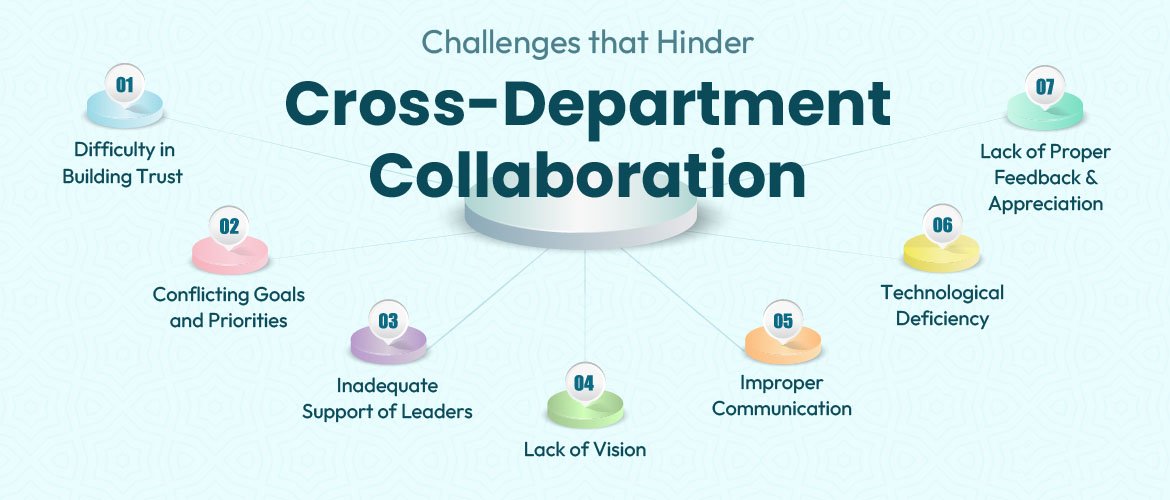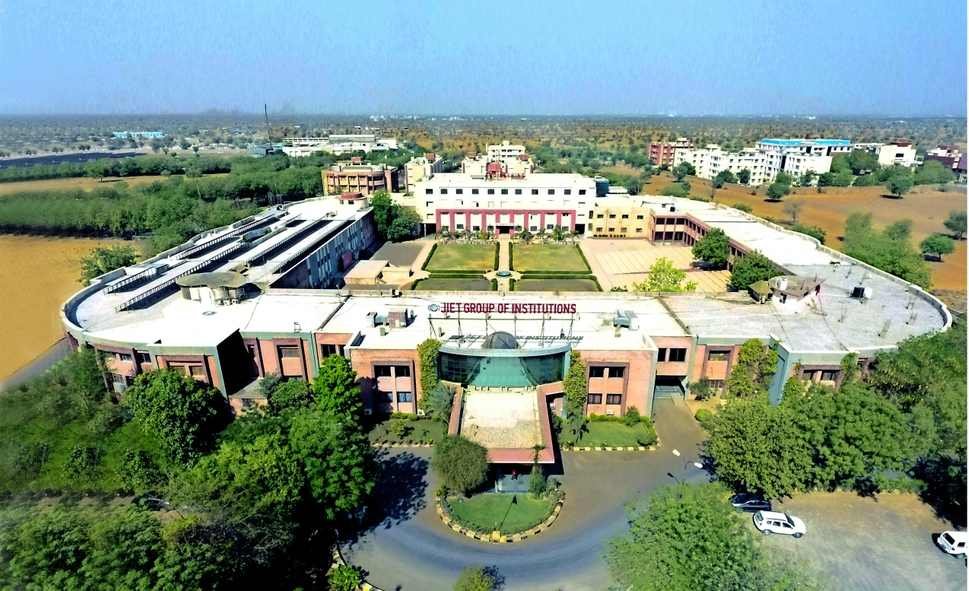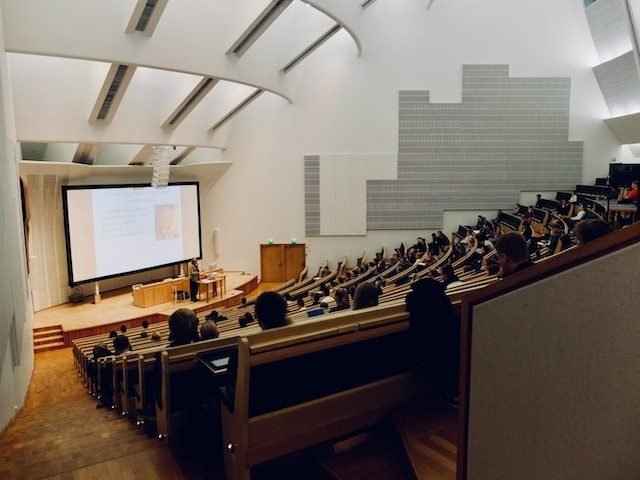What are the latest research advancements in civil engineering?
With each day, technology is getting upgraded in a rapid manner. Now, you can have humanized robots speaking to you through the websites, automated tools helping in movement of the goods in warehouses, smart door locks, and so on. With these new and modern technologies, it has become much easier for us to live in a luxurious manner. Similarly, in civil engineering also, several new advancements have been introduced which will help in the betterment of constructions, architecture designs, and so on. In this forthcoming article, we will speak about some of these technological innovations that have revolutionized the entire civil industry.

Photovoltaic glaze
Photovoltaic cells when placed together in a series electric connection can absorb the solar energy and convert the same into electrical energy. The same concept is now being used by Polysolar as it is building glass windows, walls, facades and others in the form of photovoltaic cells. When used in the buildings, these units will act as an envelope and absorb the incident solar radiation. Thus, it can generate electricity which when fed to the transformer can be harnessed for residential or commercial use.
3D modeling
One of the latest innovations that have revolutionized the civil industry is the introduction of 3D models of the properties that need to be constructed. Here, software is used to design the geospatial structures of the buildings and the other related architectures. Once done, the roads and other connectors are shown via the 2D lines. A 3D model will bring the designing and construction team on the same page, thereby helping them to collaborate and coordinate with each other in a much fluent and better manner.
Kinetic roads
Introduced by the Polytechnic University of Milan in joint cooperation with Underground Power, the kinetic road concept is a major change in the civil industry. When cars and other vehicles move over the road surfaces, their tires generate kinetic energy. Special pavers will be installed that are capable of picking up the kinetic energy and then through a system, the same is converted into electrical energy. It is then fed to the electrical grid from where different systems can be powered. Therefore, there is no need to acquire electricity from other areas like the main power plant. Since it will reduce pressure on the traditional power plants, it’s considered as an eco-friendly technology.
Asset mapping
At the time of construction of buildings, be it residential, commercial or industrial, several assets need to be installed. For example, the rooms usually need to have heating and cooling units, the entire buildings have plumbing materials, and more. If these assets are installed in a haphazard manner, tracking their performance will become difficult. In fact, it will become quite problematic to reduce the insurance costs and the risks of accidents and mishaps. This is where the use of asset mapping is applicable. It is a technique where a computerized plan of the building overview is taken and the assets to be installed are marked as dots in different colors to represent their types. After that, lines of the concerned colors are used to describe the connections and through which places they will be done.
Modular construction
Modular construction is very much different from other methods of building and other civil element construction approaches. First, a property plan or architecture plan is segregated into independent modules. For example, let’s say a residential building is constructed. Here, the possible modules will be pillars, concrete floor slabs, stair blocks, concrete hollow blocks, and so on. These structures will be constructed at offsite or remote regions and once the construction is complete, they are carried to the main area of work. With this type of approach, vehicle movement can be reduced because pre-constructed parts need to be transported only rather than all the raw materials. It is more cost-effective and also reduces the time taken for the construction project.
Conclusion
These advanced technologies are being integrated into education because civil engineering students need to gain more knowledge about them. Even though not all boards and institutions have adopted these studies, colleges like the Jodhpur Institute of Engineering and Technology have started to train their students based on these. So, now, students have more access to know about the recent upgrades in civil engineering concepts and the opportunity to apply them in real life.
India celebrates Engineers’ Day on 15 September, honouring Sir M. Visvesvaraya and the ingenuity that powers our nation.
Your complete guide to REAP 2025 admissions for B.Tech/B.Arch in Rajasthan—key dates, steps, eligibility, and why JIET Universe is your top choice.
Civil engineering goes beyond constructing buildings and laying roads — it’s about creating the infrastructure that underpins our everyday lives.
In today's fast-changing world, the lines between different subjects are unclear. Interdisciplinary learning—where knowledge from different fields.
At JIET, the drive to nurture entrepreneurship and leadership is more than just an initiative—it's part of our core mission. As we prepare students for a fast-changing world
In this rapidly evolving engineering landscape, technical expertise is crucial. However, it's not the only factor. The ability to share ideas, work in teams.
As 2024-2025 approaches, many students and parents are wondering if engineering is still a good career choice. With new technologies,
In an ever-changing world, the need for visionary leaders and innovative entrepreneurs is paramount. JIET Universe recognizes this imperative and has developed specialized programs.
Choosing the right engineering specialization is crucial for your academic and professional journey. JIET offers a variety of engineering specializations, each with unique focus areas.
Technology is advancing rapidly, changing industries and societies. As we move through 2024, several new technologies will significantly impact various sectors.
The Rajasthan Engineering Admission Process (REAP) 2024 is a key step for students aiming for engineering degrees in Rajasthan. Conducted by the Rajasthan Technical University (RTU), REAP helps students get into B.Tech.
Turning a creative idea into a tangible product is both an art and a science. The design process is crucial in translating abstract concepts into real-world solutions.
At JIET Universe, we are committed to fostering academic excellence and ensuring education is accessible to all. We are delighted to announce a diverse range of scholarship opportunities.
JIET Universe is excited to announce new courses and expanded scholarship opportunities for the academic year 2024-2025. These advancements align with our commitment to providing high-quality education.
Missing out on IIT or NIT isn't the end of your engineering dreams. JIET Universe is here to show you that your aspirations are still within reach.
Ace Your Engineering Entrance Exam: Insider Tips Getting ready for engineering entrance exams? It's a big step, but don't worry! JIET College's own grads are here to guide you through it.
Embark on an Unforgettable College Adventure - Are you ready to start your college journey at JIET Universe? Nestled in the vibrant city of Jodhpur, Rajasthan, JIET is more than just an institution
Hey there, future innovators and style creators of Rajasthan! Did you know that engineers and fashion designers are more alike than you think?
Earning a degree from the best engineering college in Rajasthan is an exciting first step toward a fulfilling career. Now, it's time to get your first job. It might seem challenging,
Hey, future innovators! Are you ready to dive into the world of engineering but feeling a bit overwhelmed by all the choices? You're not alone.
The Indian Institutes of Technology (IITs) are renowned for their thriving campus communities and reputation for academic brilliance. In 2023, JIET Universe is emerging as a beacon of similar ethos,
When you think of the crème de la crème of technological research in India, the Indian Institutes of Technology (IITs) are undeniably at the top of the list.
In the diverse world of academia, the ethos of an institution is often reflected in its infrastructure. The Indian Institutes of Technology (IITs) stand as monumental examples.
The realm of academia has always been dynamic, evolving with the times. Institutions like the Indian Institutes of Technology (IITs) have consistently been at the forefront,
India is home to a plethora of premier engineering institutions, among which the Indian Institutes of Technology (IITs) and the National Institutes of Technology (NITs) stand tall.
The Joint Entrance Examination (JEE) is undoubtedly one of the most challenging competitive exams in India. Each year, millions of students aspire to crack this examination to secure a seat in premier engineering institutions,
Chart your course to success with in-depth strategies for admissions into IIT Jodhpur & NIT Rajasthan, and discover the multifaceted world of JIET UNIVERSE.
Hey, tech enthusiasts! If you've ever wondered which engineering institute between IIT Jodhpur and NIT Rajasthan offers the zingiest curriculum, you've come to the right place.
In the vast and dynamic landscape of higher education, finding a reliable and quality-driven institution can often seem daunting. This is where the National Assessment and Accreditation Council (NAAC) steps in
Ah, space! That vast cosmic expanse has always been a realm of dreams, of infinite possibilities, and, if we’re being sincere, of some uber-cool technology and engineering.






























